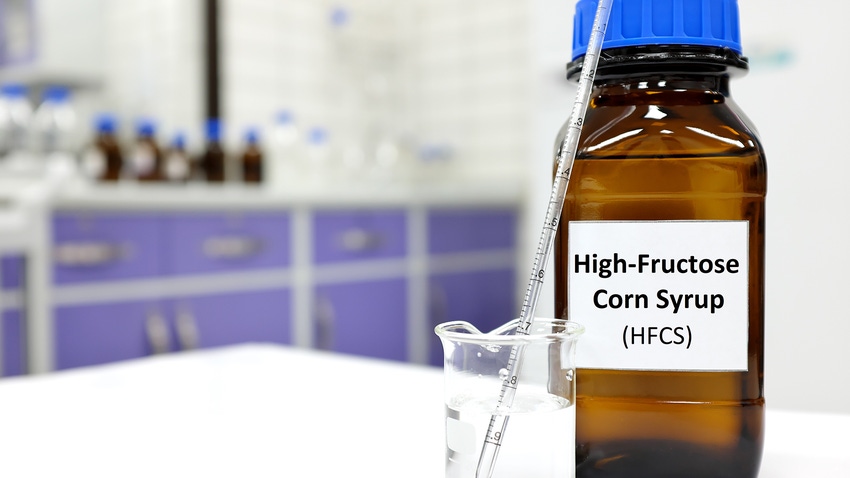Indiana proposes ban of high fructose corn syrup
John Bartlett, an Indiana state representative, introduced legislation to ban high fructose corn syrup due to health concerns, sparking debate over its perceived impact and similarity to sugar, against the backdrop of broader nutritional strategies.

At a Glance
- Indiana Rep. John Bartlett introduced a bill to prohibit the use of HFCS in any food or beverage in the state.
- While Bartlett believes HFCS is more harmful than sugar, experts like Dr. John White argue that research shows otherwise.
- If passed, the ban would be in effect by July 1.
On Jan. 8, Indiana Rep. John Bartlett introduced legislation to prohibit the use of high fructose corn syrup (HFCS) in any food or beverage in Indiana. If House Bill 1074 is passed, the ban will be effective on July 1.
HFCS is commonly used in soft drinks, cereals and baked goods. It was widely embraced beginning in the mid-1970s as a replacement for sucrose. Not only is its sweetness comparable to sucrose, its cost, stability, functionality and ease of use made it a go-to ingredient for many foods and beverages.
Bartlett said in an interview that HFCS was called to his attention by a constituent. “I started paying attention to it,” he said. “It’s in steak sauce, ketchup and jellies. It’s in so much stuff. I think that folks need to be aware of what they’re ingesting into the systems, especially our children. I think high fructose corn syrup is a contributor to obesity, diabetes and heart disease. I think our citizens should know that. As a state representative, I think my job is to represent the ideology of my constituency base and make them aware of anything that’s bringing harm or danger to them.”
In the interest of educating citizens, he suggested other food ingredients may be targeted. “I probably will go out to some other areas too just to make folks aware,” he explained. “I think that our Hoosiers should know what’s going into their systems and creating health issues. A lot of folks do not have health insurance. If we can combat some things that create problems, I think the legislature should do that.”
Reducing health issues associated with high sugar consumption is a goal set forth by the White House National Strategy on Hunger, Nutrition and Health. Front-of-package labeling is one proposed strategy to highlight the nutritional content of foods. Currently, added sugars are called out on the Nutrition Facts Panel, which is commonly found on the back or side of packages. FDA does not differentiate between sugar, HFCS, honey, agave or other nutritive sweeteners.
When asked if he thought HFCS is more harmful than sugar, Bartlett said “yes.”
John S. White, Ph.D., nutritional biochemist and former president of White Technical Research, attributes misunderstandings about HFCS to a 2004 scientific study that correlated rising rates of obesity with increasing use of HFCS. White noted that the hypothesis presented by the authors didn’t mention sugar, although sugar and HFCS are very similar. As the study reached the general public, HCFS became an ingredient to be avoided while sugar got a free pass. It also should be noted, White emphasized, that consumption of HFCS has declined steeply since 1999, while obesity rates have continued to rise; sugar use has increased substantially as well over this time period.
“Research has come out since 2004 doing side by side comparisons in clinical studies between HFCS and sugar that has shown that the body responds almost identically to both of them,” White explained. “That is not a surprise when you know that they have a very similar composition. The sugars going into the blood stream from HFCS and sugar are virtually identical. Those who are well-informed about the science and nutrition of sweeteners are in agreement that HFCS and sugar can be exchanged one-for-one in foods and beverages with little detectable metabolic and nutritional difference. The AMA [American Medical Association] says that. The Academy of Nutrition and Dietetics has said that. Expert scientific panels have said that.”
The Dietary Guidelines for Americans recommends limiting added sugars to less than 10% of total calories per day.
About the Author(s)
You May Also Like






